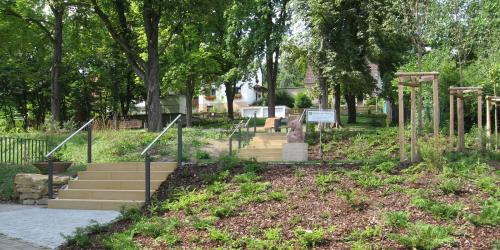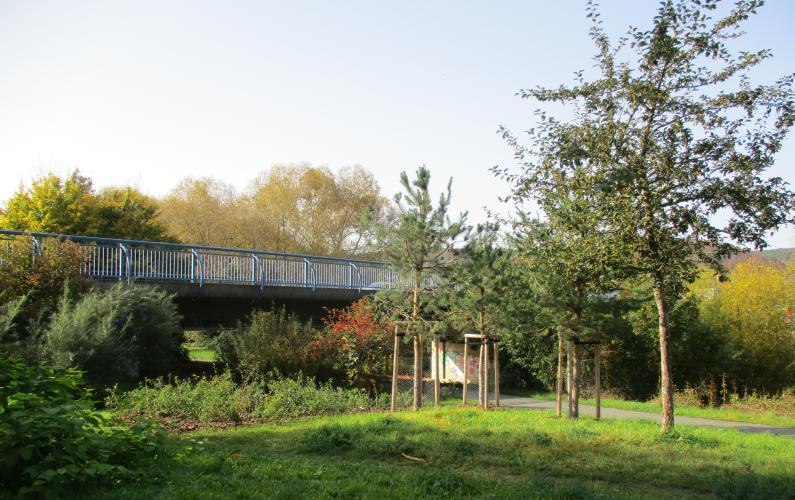
Green and open space planning
What are green spaces and open spaces?
Green spaces and open spaces in built-up areas fulfill a variety of functions and are an important part of current and future developments in the city of Jena. Their importance includes social, health, aesthetic, cultural and ecological aspects. Their development and long-term preservation are mandatory tasks of the city and thus contribute to the general provision of public services.
In addition to improving the urban climate and performing urban structuring functions, citizens expect public green spaces above all to be used for daily, mostly short-term leisure activities. Therefore, a location close to homes or workplaces is an important criterion for site planning and the spatial distribution of public open spaces.
Tasks of green and open space planning
Open space planning is generally concerned with the planning and design of undeveloped areas and in particular with the planning of public green spaces. Public green spaces include playgrounds of various sizes, green links, cemeteries, sports facilities and parks.
The aim is to create an easily accessible, networked and appealing green system to make it possible to experience the conditions for leisure and recreation and to meet the demands of a lively, growing and green city. In addition, green, open space and environmental aspects from a wide range of stakeholders and owners must be taken into account. This city-wide open space planning is an essential component and an obligatory requirement for innovative and sustainable urban development.


